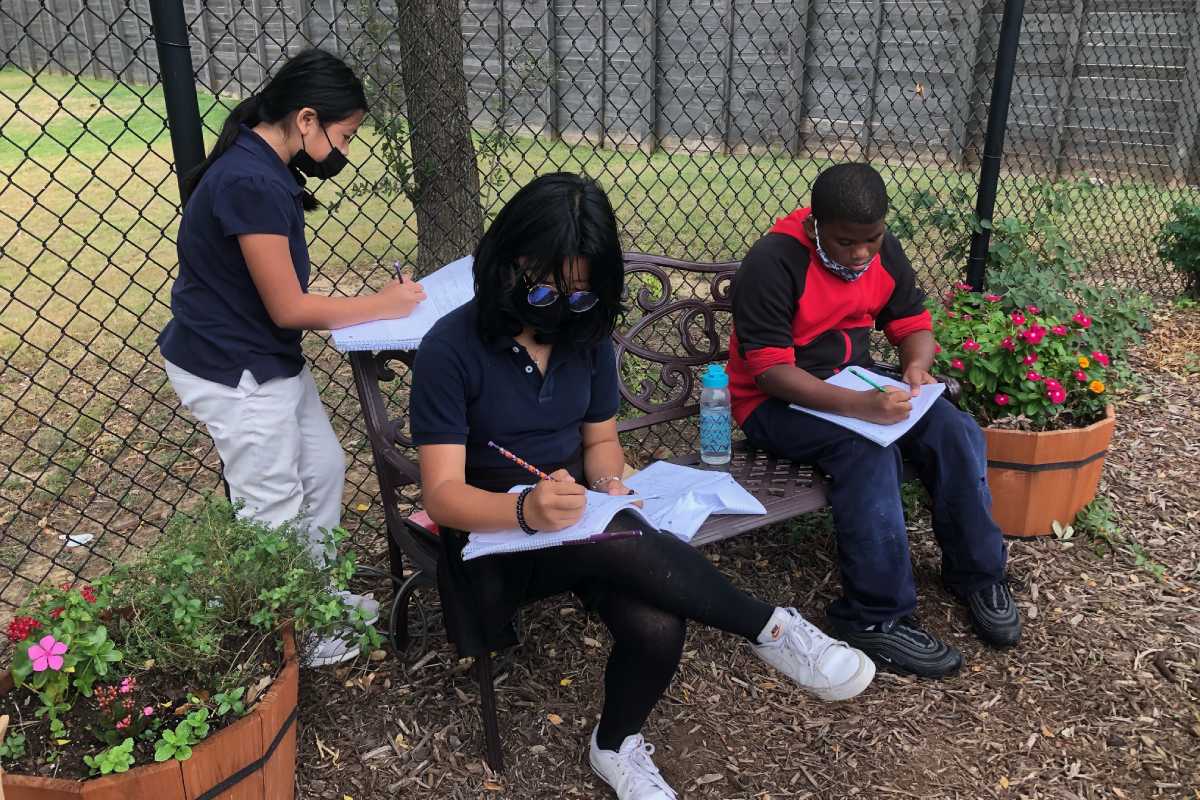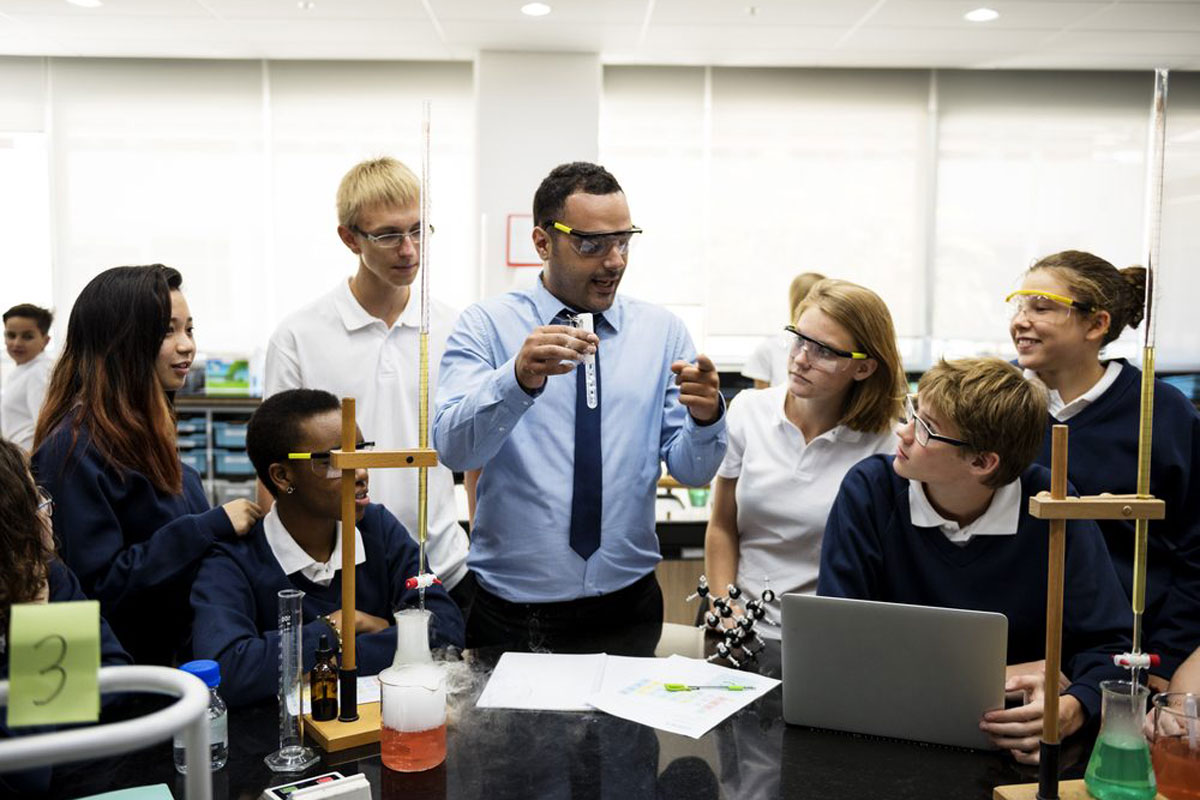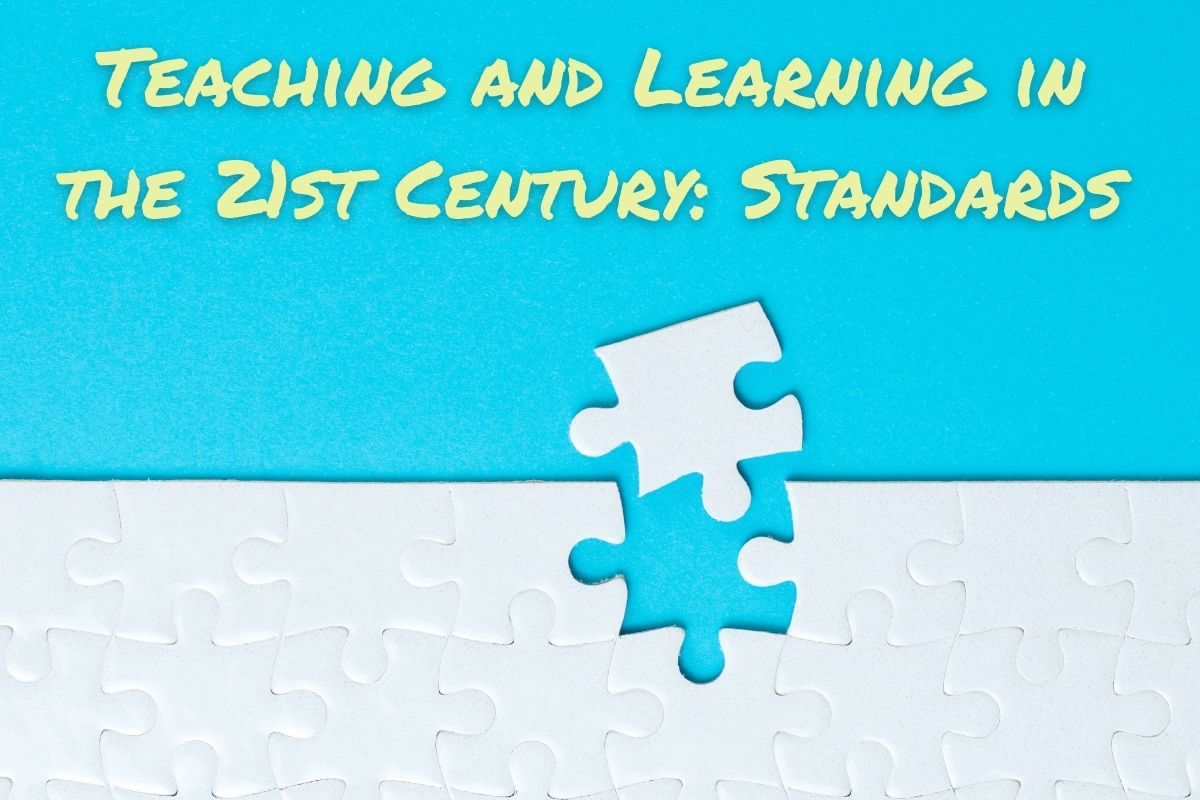Artificial Intelligence in Education: Robots are coming for our jobs… and I’m only slightly worried
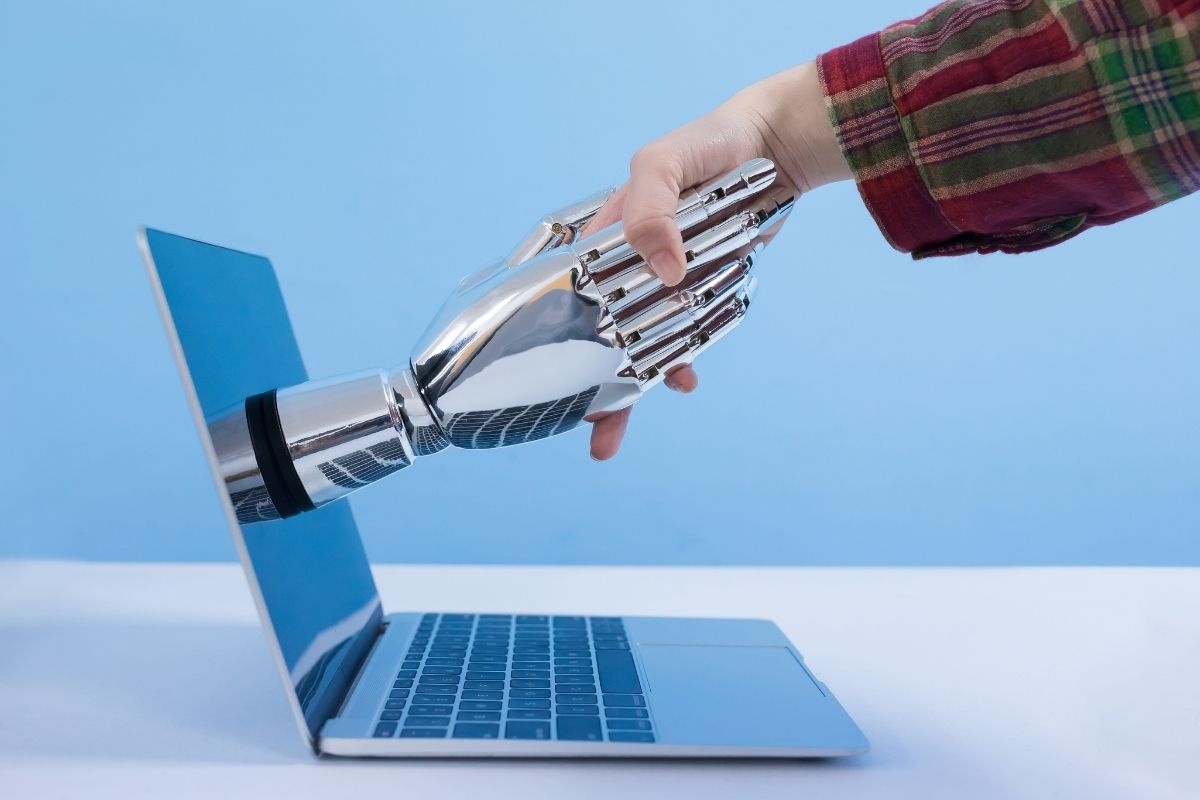
When I think of Artificial Intelligence (AI) I think of the benevolent JARVIS from the Iron Man movies or Watson beating Ken Jennings and Brad Rutter at Jeopardy! If I’m in a cynical mood, malevolent AIs come to mind, like HAL 9000, Skynet, or GLaDOS. Rarely do I consider how this technology is already with me 24/7 in the form of Siri or Alexa, and almost never do I think about its place in education. However, the reality is that artificial intelligence is technology that is advancing exponentially and will continue to be a part of the educational sphere, for good or for bad.
What is AI?
Artificial intelligence in education is when a computer is able to interpret data given to it by a student or a teacher, and then learn from that data in order to meet specific learning outcomes, while being adaptable to its specific context. That is to say, AI in education allows machines to respond to the needs of students without constant monitoring by the teacher. Sometimes this means that machines respond to the needs of teachers or schools as well: think of programs that monitor students’ internet use for inappropriate sites or check student work for plagiarism.
The Positives
As teachers, we can all agree that one of our biggest barriers to being as effective as we’d like to be is lack of time. During the average 50-hour workweek of a teacher, less than half is spent in direct interactions with students! Currently we have AI programs that are able to provide students personalized learning paths, that is, course content individualized to a student’s learning goals. For example, one of the most effective methods of learning for students is one-to-one tutoring, yet most teachers do not have the time to work with each student individually. Therefore, AI programs such as the Intelligent Tutoring System (ITS), which simulates one-to-one tutoring, are of great benefit. ITS is able to respond to the cognitive needs of the student, give appropriate feedback, and personalize the content to students’ interests. In a literature review of educational AIs, it was found that there was increased student involvement, a boost in motivation, and a reduction in high-drop-out rates with certain courses. Most importantly, in my opinion, students felt like they had more agency over their learning pathways.
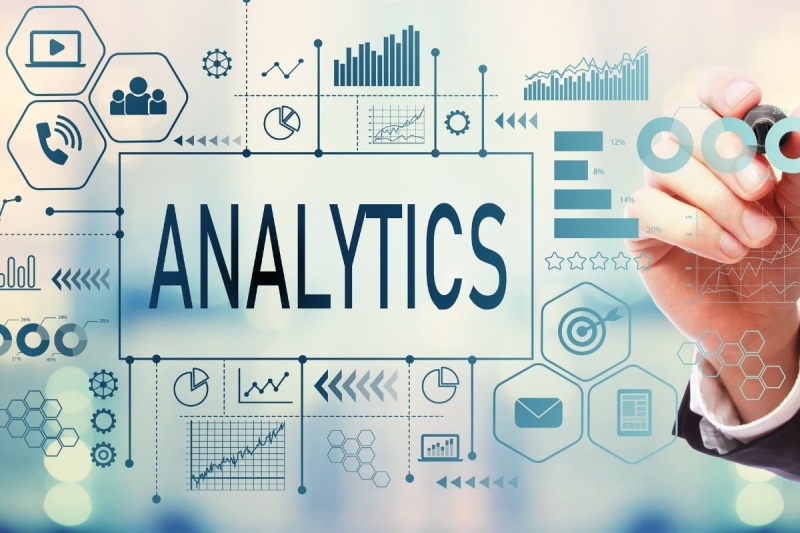
I think most teachers would agree that there are a variety of tasks that we are expected to do that range from tedious to soul-depleting. I would happily have an AI monitor my class or department inventory in order to place orders for supplies I didn’t realize I would need. We already have programs that can grade multiple choice or short-answer questions to give students immediate feedback, and AI that can assess long-form responses is in development. Furthermore, AI-based learning analytics can monitor attendance and grades in order to predict when a student is likely to drop a course or identify highly motivated learners needing more challenging material. Finally, just like the chatbots that you see on most corporate websites, AI can be used to provide answers to simple questions at any time, day or night. Any email that would end up with copying and pasting the answer from the syllabus or assignment outline would be eliminated! Questions of more complex natures would be referred to the teacher, or perhaps even directed to other academic sources or helpful videos.
Lastly, many teachers struggle to find the time to support learners with special needs. For example, some chronic illnesses and disabilities can affect voice through fatigue or physical changes, which can confuse speech-to-text programs. Instead of needing a human to scribe for a student, Google’s Project Euphonia has created an AI that can detect the speech patterns of those with impaired speech. Additionally, students that need text-to-speech can benefit from Google’s DeepMind project, which is working on creating a more natural human voice. The field of AI has also influenced the development of brain-computer interfaces, allowing students with paralysis to control computer cursors, or even robotic arms, with their brain alone! We know, as Cricket X. Bidleman points out, technology can’t solve the problems ablism creates, but there are some innovations that can assist our students as we work towards a more accommodating future.
The Negatives
Although there are significant positives to the use of AI in education, there are also some concerning or problematic possibilities. This is distressingly illustrated in a 2018 study where programmers were able to create an AI that, after taking a psychological test, scored as a psychopath. The goal of the researchers was to show that depending on algorithmic bias and the feed given to the program, there is a possibility of unintended consequences. AI can only be as good as the data that it has received, and educational data is notoriously lacking in both validity and reliability. Furthermore, it is up to the humans to determine what input the AI receives, and not all humans share the same educational values. For example, most of the current investment in AI for education is from venture capital firms and entrepreneurs who are promoting their products as a way to save time and money while increasing efficiency. While these are important goals, they do not reflect the ideal changes that need to be made in education. Without consulting teachers, parents, and communities about the best ways to maximize well-being for students, AIs could end up prioritizing cost-effectiveness instead.
Another aspect to consider is how AI could change how society views education. For example, Alex Guilherme argues that the use of AI technology in education, like all technology, puts too much focus on the purpose of education as being for a skill or trade, and not enough focus on the purpose of education being character formation. While AI programs are a way for students to result in increased learning gains, the results are likely to also result in decreased personal development. Although an AI is capable of offering a student more interaction with the subject matter, it is unable to engage in true dialogue with a student. While there are AI programs that claim to help students develop their social-emotional skillsets, such as SMILE (Social Mind for Intelligently Learning Emotions), we don’t yet have the long-term studies to determine if AI is capable of truly helping students develop as human beings.

The above issue leads to my last concern about AI: it is not yet at a technological place where machines can replicate the personal emotional connections and meaningful interactions of a human teacher. Some theorize that this may be possible, should AI be allowed to observe human teachers and be able to synthesize theories of learning, but this is a long way off. The concern, however, is that since AI teachers would not need health insurance, sick days, or even salaries, teachers could be replaced by mechanical versions of themselves before the technology is ready. Michael Rowe notes, perhaps a bit cynically, that “AI-based systems in education will not need to replicate the best possible version of a human teacher. For economic reasons, they will only need to be a little bit cheaper than the average teacher”. Like previously mentioned, if we let cost rather than well-being drive our decisions, negative consequences could follow.
Where do I stand?
At the end of the day, I am personally not too fearful about AI in education. When I read about Nao, a robot teaching French vocabulary to elementary students in Ireland, I am more excited than threatened. When I think about the gains in time I could spend with students, or the personalized lessons or adaptations they could receive, I am ready to invite any or every program into my classroom. However, I do try to remind myself that like any technology, AI is fundamentally made for, and by, humans, and is subject to our biases and flaws as much as it is our optimism and enthusiasm.
This article is available and can be accessed in Spanish here.


